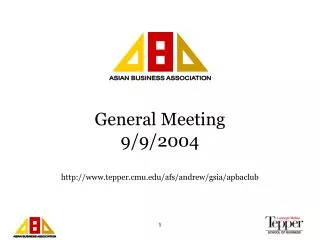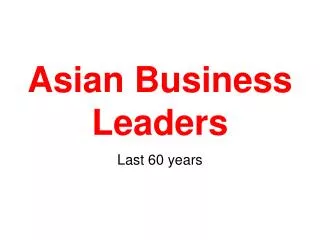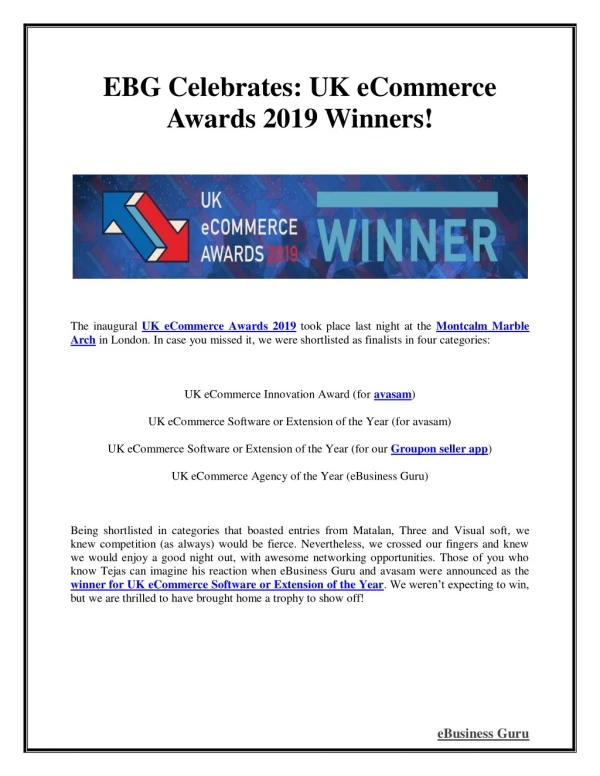When Motorola decided to do business with the East, it was done in a big way
Assignment Solutions, Case study Answer sheets Project Report and Thesis contact aravind.banakar@gmail.com www.mbacasestudyanswers.com ARAVIND – 09901366442 – 09902787224 INTERNATIONAL HR MANAGEMENT Case-4 (20 Marks) Doing Business with the East—Motorola Style When Motorola decided to do business with the East, it was done in a big way. Motorola has penetrated virtually every niche in Asia’s booming telecommunication and semiconductor markets. It’s Asian strategy has already accounted for 13 new factories in nine countries. Its dynamic growth in Asia is exemplified by Tam Chung Ding, President of Motorola’s Asia-Pacific semiconductor division. His office is located in Motorola’s now $400 million Silicon Harbour complex with a grand view of the Hong Kong harbour. Motorola leans heavily on Turns instincts and his aggressive leadership style. Tam’s division is one of the most profitable and fastest-growing of Motorola’s far-flung industrial empire. In 1990, Motorola’s chip salesin non-Japan Asia rose by 20 per cent to $528 million, making it the world’s third largest chip producer. Motorola is also Asia’s top supplier of top-of-the-line walkie-talkies and digital cordless telephones. The East is critical for Motorola, as Asian sales—outside Japan—total more than $1 billion per year— almost 10 per cent of Motorola’s total sales. Motorola has long recognised the potential of Asia. It began dabbling in Asian business in the early 1960s, when it established sales agencies in Tokyo and Hong Kong.A decade ago, Motorola split up its Asian semiconductor headquarters in Tokyo, locating the office for its non-Japan Asian business to Hong Kong under the charge of Mr. Tam. For years, Motorola had complained about Japanese trade barriers to no avail. Then in 1987, it formed an alliance with Toshiba. The two formed a successful chip-manufacturing joint venture, with Toshiba providing essential marketing services. In 1990, Toshiba executive Isamu Kuru joined Motorola after serving Toshiba for 28 years. Mr. Kuru provides the necessary insight and understanding necessary to guide the Motorola’s Japanese operations. Other notable Motorola successes have been recorded in India, Australia, Singapore, China, and South Korea. However, the latter two ventures have been serious challenges. In June of 1992, Motorola broke ground for a new $120 million semiconductor plant in Tianjin, a Chinese port city near Beijing. It will be the first U.S. semiconductor plant in China. In addition to making semiconductors, the new plant will produce telephone pagers, mobile telephones, and electronic equipment for automobiles. Many observers believe that such an investment, coming so soon after the Tiananmen Square disaster, is far too risky. Motorola is willing to take that risk, believing that China holds the key to future competitiveness in Asia. However, to test those Chinese waters, while the new plant was just starting construction, Motorola opened a make-shift plant—also in Tianjin—to build the first of its paging devices. Originally, Motorola assumed that the local demand for pagers would be so small that it would have to export a large share of production. However, the plant now produces 10,000 units each week, and the entire output is sold in China, with each pager selling for $200. Experts indicate that the Chinese demand for pagers has risen from 1 million in 1991 to 4 million in 1993. With the make-shift plant performing well, the new plant scheduled to begin production by the end of 1993, and a second new plant planned for the near future, Motorola’s competitive position in China seems to be on a sound footing. Motorola had more serious difficulties with its “Motorola Korea”, Limited venture, especially with respect to labour problems. At first, the well-educated, hard-working Korean workforce seemed to be ideal for Motorola’s needs. However, in the late 1980s, Korean labour became disenchanted with long working hours, low pay, and poor working conditions. Noting the growing riches of the Chaebols, the working class wanted a greater piece of the economic pie. Thousands of Korean workers took to the streets in massive demonstrations, demanding economic reforms and the right to form labour unions. Motorola’s first taste of trouble co” when 34 of its more than 3,800 Korean workers petitioned the Korean government for the right to organise a union. Motorola has held a long-standing policy against the unionisation of its workers and refused to negotiate the matter with its employees. Some of them latter barricaded themselves in the factory cafeteria and threatened to stay there until their union demands were met. In response, Motorola closed the factory for a week in an effort to provide a cooling-off period. However, when the factory reopened, violence immediately broke out at the factory gates, and Motorola had to evacuate the facility. In the following weeks, violence continued, a union organiser was arrested, and public sentiment moved to the side of the ernployee. Before the matter was resolved, Motorola lost anestimated $2 million in property damage and lost product. The settlement also required Motorola to improve working conditions and to improve wages for its employees Despite this setback, the Motorola operations in Korea are still growing in keeping with the firm’s commitment to Asian development. Despite the nagging problems of unionisation, a shortage of engineers and technicians continuing trade barriers, and dealing with a divergence of local customs, Motorola continues to press Asian development strategy—without harm to its domestic reputation. A 1995 Fortune Corporate Reputation survey ranked Motorola the fourth most admired corporation in the U.S. (up from sixth in 1994) and the most admired firm in the electronics and electrical equipment industry (for the second year in a row). QUESTIONS: 1. Describe some recent changes in your life or in your community that reflects the world’s shift from the West to the East. 2. What factors would you suggest are behind the shift from the West to the East? 3. Did Japanese management style evolve from the Japanese culture, or did Japanese culture evolve from Japanese management style? 4. Describe the business-government ties that result in Japanese trade barriers. 5. Which of the Four Tigers of Asia do you believe has the greatest potential for long-term economic growth? Why? 6. What must China do to realise the magnitude of economic success earned by the Japanese? 7. Outside of Singapore, which of the other ASEAN nations holds potential for economic success? Why? Assignment Solutions, Case study Answer sheets Project Report and Thesis contact aravind.banakar@gmail.com www.mbacasestudyanswers.com ARAVIND – 09901366442 – 09902787224
★
★
★
★
★
110 views • 9 slides






